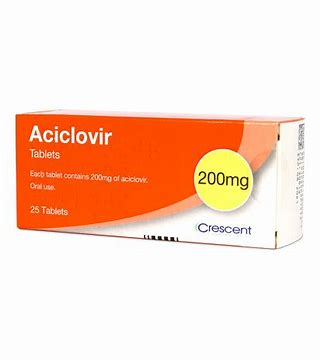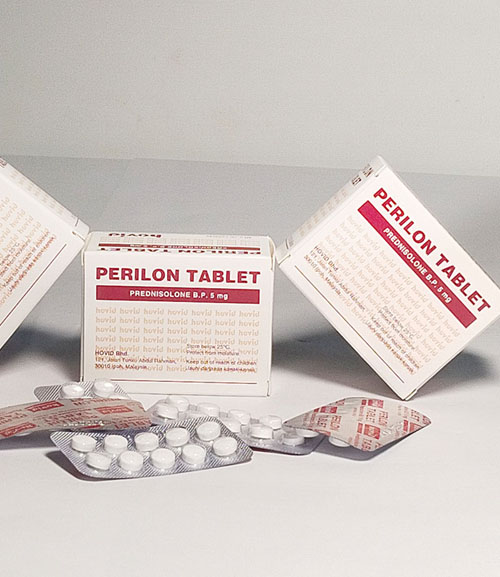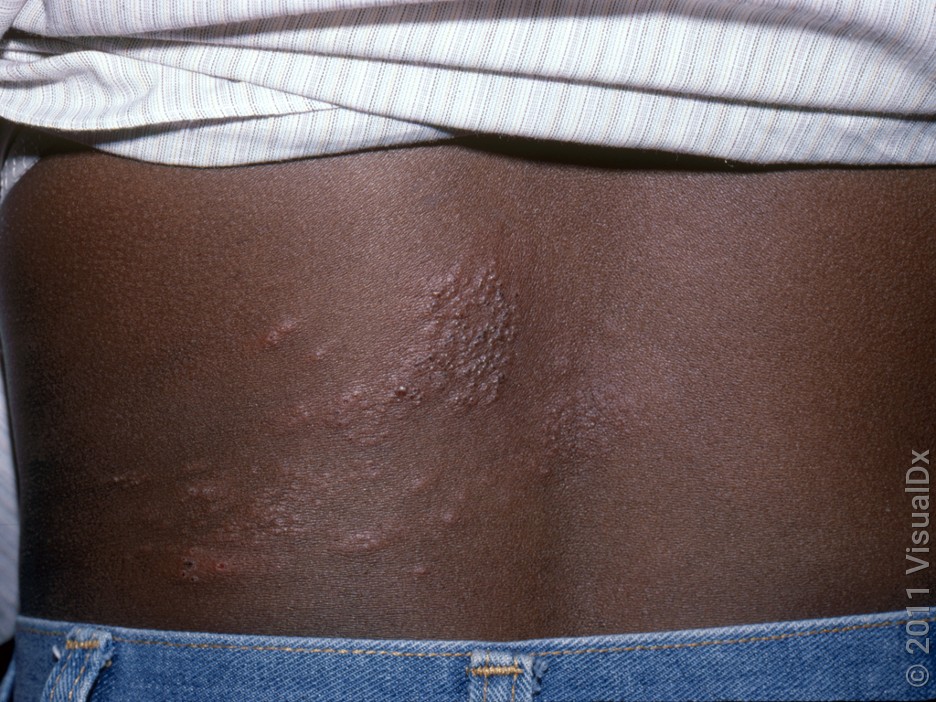Overview
Shingles is a painful rash caused by the varicella-zoster virus (VZV). VZV is the same virus that causes chickenpox. After a person is infected with chickenpox and recovers, the virus stays inactive in nerves. It can reactivate much later, causing shingles.
“Herpes zoster” is another name for shingles. This is because VZV belongs to a group of viruses called “herpesviruses.” The other name for VZV is “human herpesvirus 3.” It’s important to note that VZV does not cause genital herpes.
Here we’ll discuss the clinical features of shingles, when you should see a healthcare provider, and if the shingles vaccine is right for you.
Causes
As mentioned, varicella-zoster virus (VZV) causes shingles. After chickenpox, VZV lies asleep in sensory nerve fibers in the brain and spinal cord. Once the virus awakens, it travels down a single nerve and causes the characteristic rash and painful sensations along a “belt” of skin called a “dermatome.” Dermatomes are sections of skin that receive sensory supply by a single nerve.
Anyone who has had chickenpox before is at risk of developing shingles. But the risk of developing shingles increases as you age. Most people develop shingles after age 50. Half of all cases are in adults over 60 years old. This is because the immune system weakens with age.
Other risk factors for developing shingles include:
- Cancers that decrease immunity
- Cancer treatments, like chemotherapy
- HIV infection
- Immune-suppressing medications, such as those for autoimmune diseases and organ transplants
- Increased stress from recent physical trauma
- Family history
More research is needed to figure out whether psychological stress contributes to developing shingles:
Symptoms
The effects of shingles usually show up in three stages.
Stage 1
In the prodromal, or early stage, shingles typically starts off with burning, stabbing, or shooting pain on one side of the body or face. There can also be a tingling or itching feeling to the area.
Some people also have generalized symptoms such as:
- Headache
- Fatigue
- Light sensitivity
- Fever
- Enlarged lymph nodes
This stage lasts 1 to 4 days.
Stage 2
Several days later, the infectious rash starts. The rash is typically very painful and looks like a collection of red, fluid-filled blisters. They follow a band, stripe, or belt-like pattern on one side of the body. The term “shingles” comes from the Latin word “cingulum,” which means belt or girdle.
Shingles can happen anywhere on the body, but it most commonly occurs on the torso. This stage lasts 7 to 10 days.
Stage 3
Healing begins in the third and final stage. The rash will slowly become less painful and start to dry and crust over. This stage usually lasts about 2 to 4 weeks.
Treatment
Over-the-counter pain medications — such as ibuprofen (Advil, Motrin), naproxen (Aleve), and acetaminophen (Tylenol) — are helpful. But if symptoms are more severe, you and your provider may consider stronger medications. This may include steroids (like prednisone) or opioid pain medications (like hydrocodone/acetaminophen or oxycodone). It’s important to note that opiate medications can lead to dependency and addiction and should be used with caution.
Complications can occur in some cases. So it’s important to get evaluated immediately if:
- You have a higher risk of complications, such as older age (over 50) or a compromised immune state.
- The blisters extend beyond one part of the body.
- You have high fevers, which could suggest a bacterial infection.
- The pain and rash occur on the face, especially near the eye. Shingles in the eye can affect vision and cause permanent blindness.
- The rash involves the ear or causes facial paralysis, earaches, ringing in the ears, hearing loss, and/or room spinning (vertigo). This could suggest herpes-zoster oticus, or Ramsay Hunt syndrome, a rare condition where VZV reactivates in the facial nerve. It can cause some or all of the above symptoms.
Prevention
The shingles vaccine (Shingrix) is currently recommended for adults ages 50 and older. This is even if you’ve had shingles in the past or received Zostavax, another shingles vaccine that’s no longer available.
Shingrix helps to prevent shingles and complications from the disease. It produces an immune response that recognizes and fights against VZV once it reactivates. Researchers found the vaccine to be over 97% effective at preventing shingles in adults age 50 and older.
The Advisory Committee on Immunization Practices does not recommend a shingles vaccine for anyone under 50 years old at this time.
Medications & Collections
These drugs are vital for controlling and improving the health of individuals with this condition. They include both preventive and symptomatic treatments.

Acyclovir 200mg
₦6,300

Advil 200mg Tablet
₦15,600

Nurofen 400mg
₦3,750

Nurofen express 400mg
₦6,400

Perilone 5mg x1
₦700

